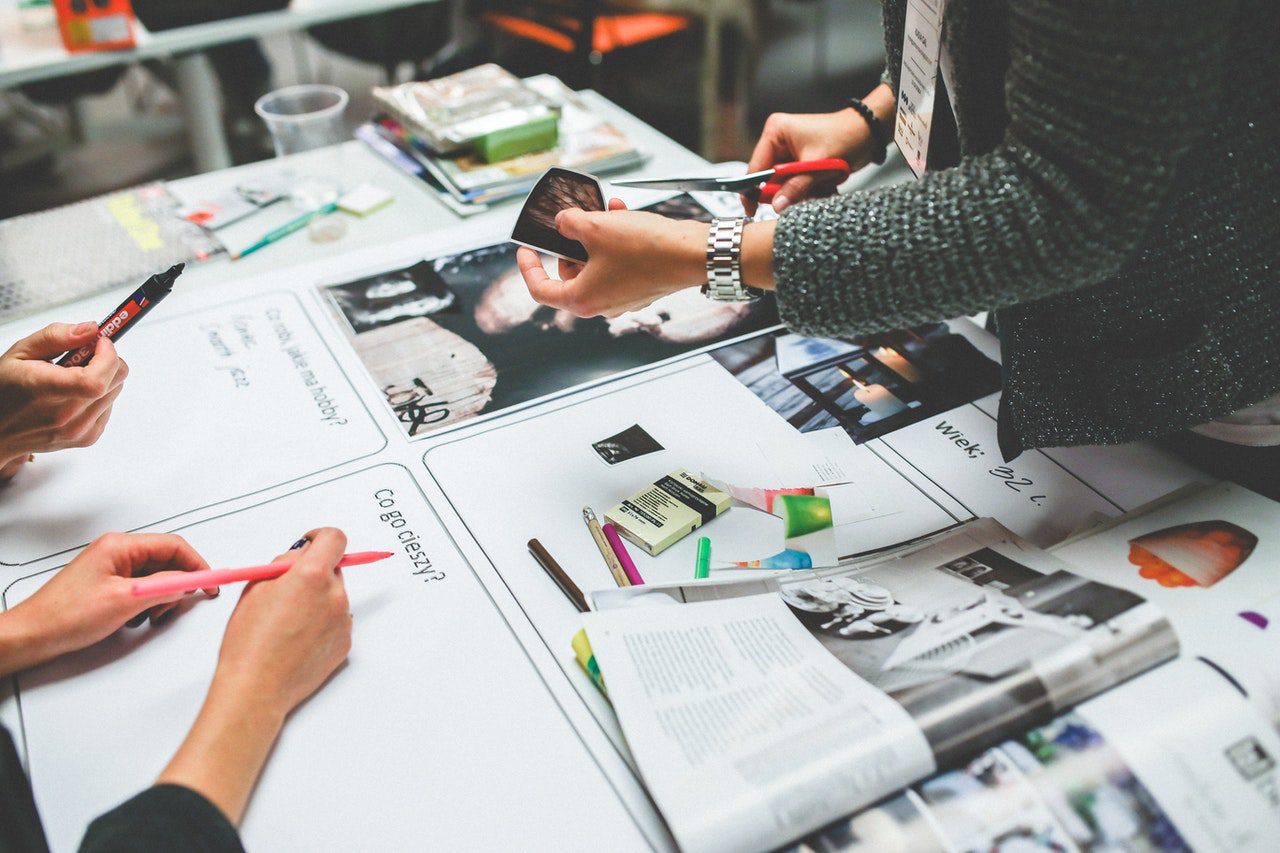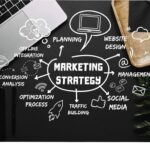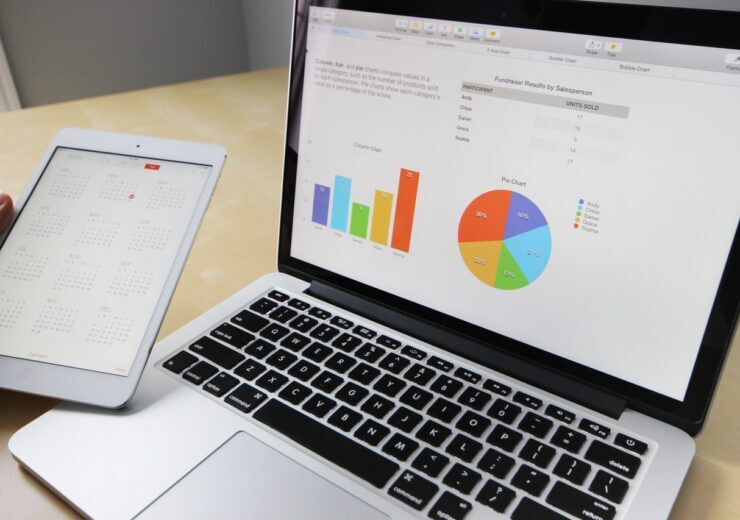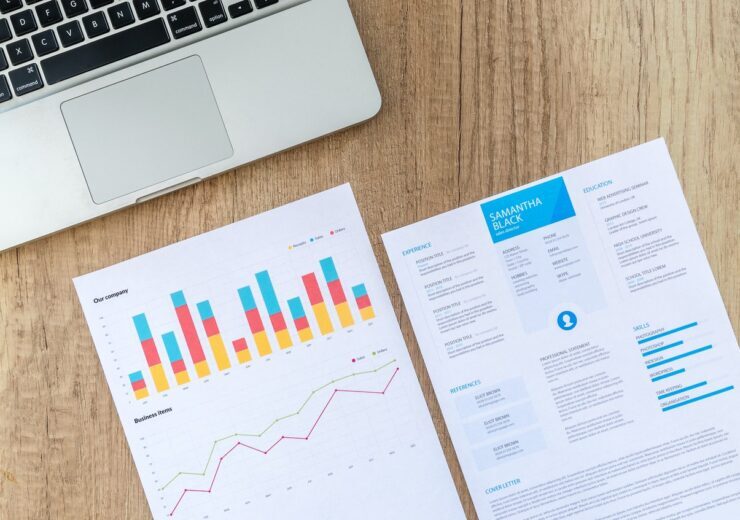Design, Types of Design, Design Process, Know How

Table of Contents
What is Design?
The term “design” refers to a blueprint or specification to construct for an item, system, or to implement an activity or procedure, or the outcome of the plan or specification as prototype, product, or procedure. The verb”design” describes the process of creating an idea. In certain instances it is the construction of an object that does not have any prior plans (such as with crafts, programming, engineering, or graphic design) can also be thought as a design-related activity. The design is usually required to be able to meet certain criteria and requirements but it could also consider aesthetic or functional, economic, or socio-political factors and must be in sync with the surrounding context.
The person who creates designs is known as a designer, which is a term used to describe those who are employed in one of the many designs fields. Typically, it is specified which one is being addressed. However, there are other professionals such as engineers and architects. The process of designing is known as a design procedure and may involve design techniques. The process of making the designs may be short (a sketch) or long and complex with a lot of study negotiations, negotiation, reflection modeling, interactive adjustment , and redesign.
What are the Types of Design?
It can be broadly applied to many fields like production, engineering, and art.
Design and Art
The term “design” today is commonly used to refer to what was once called”the applied arts.
The distinction between designs and art are blurred due to the wide variety of possibilities. Arts applied to graphic designs, industrial designs, fashion, and the decorative arts , which generally include crafts and objects. Graphic arts (2D image making , which can range from illustration to photography) The distinction is usually made of fine art from commercial dependent on the environment in the context in which work is made and the way it is sold.
Certain techniques for making art, like using intuition, are used across all disciplines of the applied arts and fine arts. Mark Getlein, writer, states that the principles for designs “almost instinctive”, “built-in”, “natural”, and are a part of “our sense of ‘rightness’.” However, the purpose and the context of the work will differ greatly.
An illustration of an engine booster for steam locomotives. Engineering is used to designs with a focus on function and the use of math and science.
Design and Engineering
Design in engineering is an integral part to the entire process. A variety of processes and methods are evident in the comparison between Product & Industrial designs, and Engineering. According to the American Heritage Dictionary defines design as: “To conceive or fashion in the mind; invent,” and “To formulate a plan” and defines engineering by defining it as. Both are ways of solving problems with a distinct distinction being the use to “scientific and mathematical principles”. The increasing focus on science in engineering, however it has increased the significance of developing more “human-centered” fields of design. The amount of science that is used to design is a matter of what constitutes “science”. In addition to the issue of what constitutes science, there’s also natural science versus social science.
Design and Production
The connection between production and design involves planning as well as carrying out. The plan must anticipate and accommodate for any potential issues that may arise during the process of execution. Designs requires problem-solving and creative thinking. Producing, however, is the use of a pre-planned or routine process. Designs may also be a simple that doesn’t include the engineering or production processes; however a basic understanding of these processes is typically required from designers. In certain instances it is not necessary or unattainable to require a designer who has a wide multidisciplinary understanding required for these designs to have specific knowledge of the processes used to create the item.
Design Production are interwoven in a variety of creative professions which means that problem-solving is a an integral part of the process and vice versa. As the price of rearrangement grows as well, the need to separate production from designs grows too. For instance, a large-budget project, like an edifice, needs to be separated (design) architectural design in a way from (production) design and construction. A low-cost project, for instance, the locally printed office party invitation flyer, could be altered and printed hundreds of times with the cost of couple of sheets of paper only a couple of drops of ink and less than a half hour’s salary for the desktop printer.
It’s not to say that the production process is never a source of creative thinking or problem solving, but neither is it to say that designs never requires the use of imagination. Designs is rarely perfect, and can be repetitive. A design’s imperfections can require a person in a production role (e.g. production artist or construction worker) with using their creative or problem-solving skills to make up for the mistakes made in the process of design. Also, a design can be a straightforward repetition (copy) from a existing solution, which requires little or no creativity or problem-solving abilities by the designer.
Top 15 Types of Design
Designs is the act of planning and conceiving the future of something that doesn’t exist. It’s broad and can be applied to the creation of architecture, environments, interfaces and products as well as features, services and procedures. These are some of the common types of designs.
Architecture
Designing and engineering buildings as well as structures.
Interior
Designing physical and interior environments for use by humans.
Landscape Architecture
The combination of nature and architecture to create structures like gardens and parks.
Industrial
The design of products to be mass-produced.
Fashion
Making clothes and accessories.
Engineering
A broad definition of design which applies to engineering structures technologies, infrastructures, and machines.
Software
In this article, we will outline the structure, objects, components and methods to solve a problem using software.
User Interface
In the design of interfaces that users use to interact and control technology.
Graphic Design
Visual design, such as the layout of magazines.
Information Architecture
Structuring information environments.
Game
Designing engaging virtual worlds.
User Experience
Examining the end-to-end experience from the viewpoint of customers such as products, services, environment and interactions.
Business Architecture
Design and analysis of strategy organization structure business processes, capabilities and metrics.
Scenic
The process of creating scenes on a stage set, or post-production for entertainment, film, and stage performances.
Lighting
Lighting environments designed for night-time architecture, interiors theater, and film.
Sound
Sound environments and productions.
Top 15+ Types of Design Process
A design process is a process that is repeatable for creating designs. This could involve elements like requirements analysis, market research, workshops and work, as well as prototypes and delivery. The following are typical elements are –
- Brainstorming
- Business Analysis
- Charrette
- Critical
- Customer
- Design Feasibility
- Design Fiction
- Design Goals
- Emergent
- Fail Often
- Feedback Loop
- Immersive
- Iterative
- Market Research
- Parallel
- Preserving Ambiguity
- Prototypes
- Requirements Analysis
- Speculative
- Transition
Top 5+ Types of Design Methodology
Design methodology refers to an overall method that could consist of a variety of philosophies, concepts practices, and methods. In certain instances they may be associated with some kind of designs, like graphic design or architecture. There is also the possibility for a designs methodology to be universal enough to be applied to any designs. These are the most common kinds are -.
- Design To Value
- Emergent
- Flat
- Inclusive
- Iterative
- Transition
- Universal
- Value Sensitive
Top 7 Types of Graphic Design
Graphic design utilizes visual compositions to address problems and communicate ideas via images, typography colors and forms. There’s no single method to achieve this which is why there are a variety of designs in graphic art, all having distinct areas of focus.
Although they may overlap, each kind of graphic design demands a distinct kind of designs and techniques. Some designers are specialized in one kind; while others specialize in specific and similar kinds. However, since the field changes constantly the designers have to be able and continuously learning, so that they can expand or change specializations throughout their careers.
You may be a budding designer or are looking for designs services for your business, knowing the eight different kinds of graphic designs can assist you in finding the appropriate abilities to do the job.
1. Graphic identity designs for visual identities
2. Graphic designs for marketing and advertising
3. Graphic designs for the user interface
4. Graphic designs for publication
5. Graphic designs for packaging
6. Motion graphic designs
7. Graphic designs for the environment
8. Illustration and art for graphic designs
What is Design Drawing?
A representation of an object typically by means of lines, meant to convey enough details to permit the object depicted to be finished.
Please Notes
Design drawings are typically more precise than sketches.
What is Designer?
A designer is someone who designs the shape or the structure of something before it is constructed, by drawing or preparing plans.
In real life any person who makes tangible or intangible items, products or processes or games, laws and services, graphics or experiences may be called designer. designer.
Importance of Designer. Why Designers are Required?
In the past, the primary area of design was the architecture that was considered to be the most important art. The designs of furniture, clothing and other everyday objects were mostly left to artisans who specialized in hand-crafting these items.
Due to the growing complexity in industrial design in our society and the demands of mass production, where longer time is often associated with higher costs, manufacturing processes became more complicated and, with these, the ways in which designs and their production is produced. While there are many different specializations in the design industry, all share a commonality in the method, techniques and working methods.
Design methods and thinking to solve issues and come up with innovative solutions are among the most crucial elements of being a designer. A key part of being a designer is to understand the people they are serving.
In the field of education, the method of teaching, or the curriculum and theories used are different depending on the school and the field of research. In the business world the designs team that is employed for large-scale projects typically consists of several different types of designers and experts. The relationship between members of the team depend on the idea of the product and the production processes or the research conducted in the process of developing an idea However, generally, they provide an opportunity for everyone on the team to take part in the process of creation.
25+ Types of Design professions
The various types of designers are:
- Architecture
- Communication
- Costume
- Engineering
- Fashion
- Floral
- Furniture
- Game
- Graphic
- Industrial
- Interaction
- Interior
- Jewellery
- Landscape
- Instructional
- Logo design
- Lighting
- Packaging
- Product
- Scenic
- Service
- Software
- Sound
- Strategic
- Systems
- Textile
- Urban
- User experience
- User interface
- Web design




